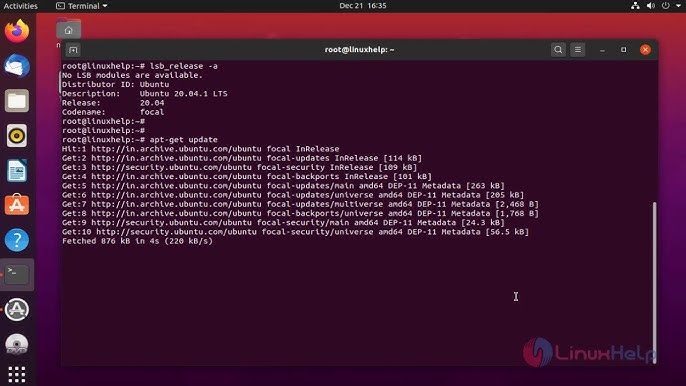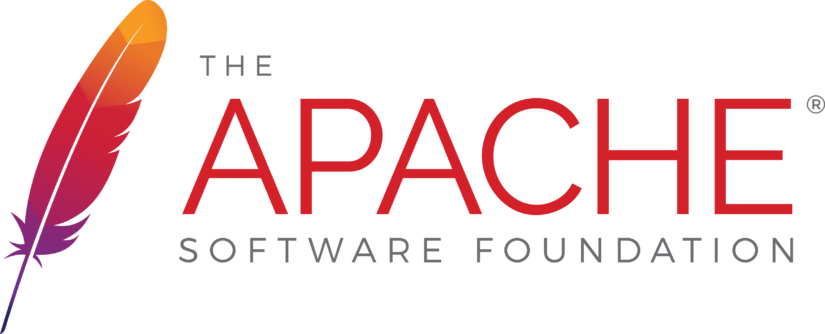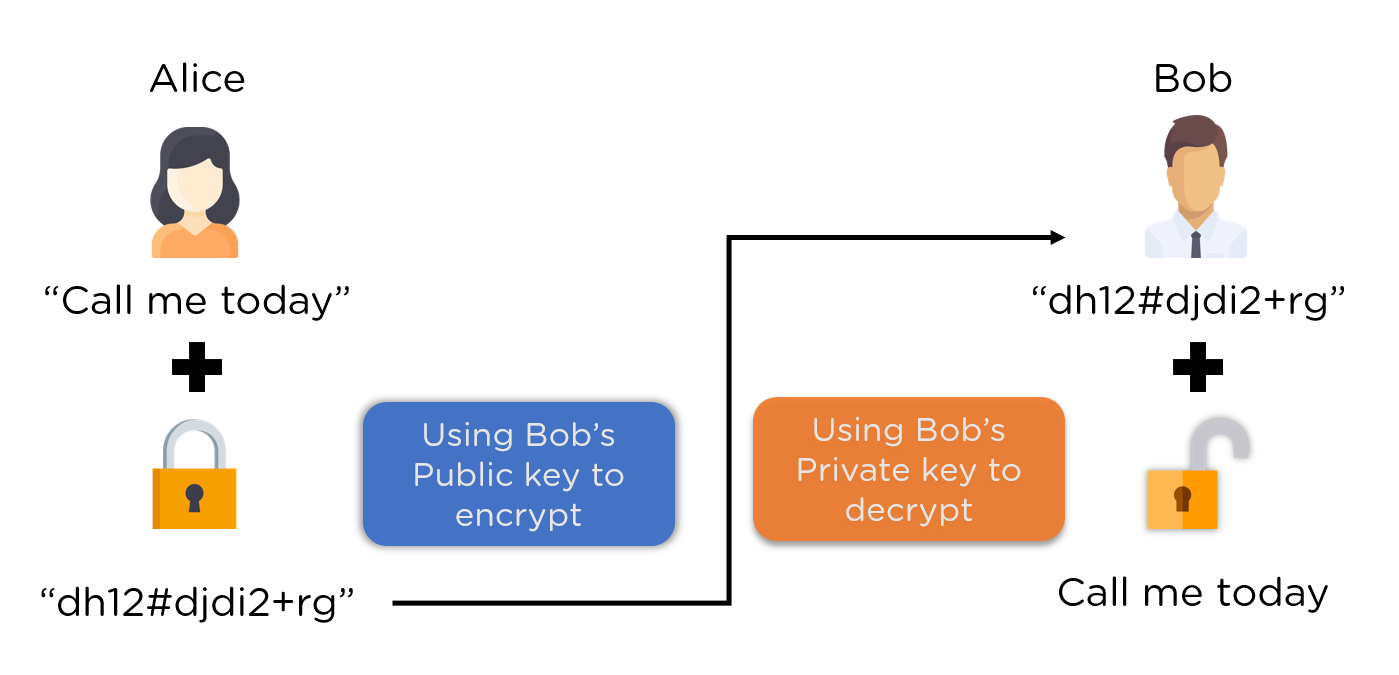
A web server is an application or computer program that runs on a particular operating system. It serves documents via the Internet. This is an essential component of a home and business network. It can also run as a server program or work with other server software such as databases or mail.
Apache is an open-source web server available for Linux as well as Windows. It's free, open-source software with a variety of features.
Apache is installed on Debian in a simple and fast way. It can then be used as a server for proxying, web pages and other applications. It only takes a single line of code to install Apache and set up the server.
The first step is to install the libapache2-mod-gnutls module, which allows SSL support. This extension is popular because it supports SSL certificates verification. This is important for many environments, where users wish to protect sensitive information against hackers.

After installing the libapache2-mod-gnutls package, you can add a gnutls configuration file to your Apache server and enable the module. The a2enmod gnutls command is the most straightforward way to do this.
Once you have added a gnutls configuration file, you can test that the libapache2-mod-gnutls extension is working correctly by running a web browser with a gnutls connection to the server. You can also request a page using an HTTPS-compatible browser (such as Firefox or Chrome) to test the extension.
It is also a good idea to check that your firewall is properly set up, and that the correct ports are blocked. Examining the logs on the webserver can help you do this. You can try starting the web server with a non-root account to check if any errors have occurred.
It is possible to use the web server, once it's up and running, to access several services on your Debian Linux, including emailing, file sharing, ftp and more. You can also use it to manage the content on your website, and allow visitors to provide feedback or comments.
With the command-line, you can configure Apache to limit how many requests are allowed per second and allow for multiple virtual hosts. You can also use the config files to specify which pages should be served by the server and where they should live on your machine.

You can also configure your web server to communicate with other programs in your system. You can set up a separate directory for all of the files which will be accessible to web users who visit your server.
Using the command line, you can also restart and stop the Apache web server. This is a simple and quick process to prevent the server from crashing because of a systemd failure. You can use the grep command to find zombie processes still running on your server. The kill command will close them and allow you to restart the service.
FAQ
What is a static web site?
Static websites are those where all content is stored on a web server and can be accessed by users via their web browsers.
The term "static" refers to the fact that there are no dynamic features such as changing images, video, animation, etc.
This site was originally intended for corporate intranets. However it has since been adopted and modified by small businesses and individuals who require simple websites without complex programming.
Because static websites require less maintenance, they have grown in popularity. They are simpler to update and maintain than fully-featured websites that have many components (like blogs).
They load much faster than dynamic counterparts. They are ideal for mobile users and those with slow Internet connections.
Also, static websites are more secure that dynamic counterparts. It is difficult to hack into static websites. Hackers only have access to the data that resides inside a database.
There are two main options for creating a static website.
-
Utilizing a Content Management System.
-
Creating a Static HTML Website
Which one is best for you depends on your needs. A CMS is my recommendation if your first website was created.
Why? It gives you full control of your website. With a CMS, you don't need to hire someone to help you set up your site. Upload files directly to the CMS.
It is possible to still learn how code can be used to create static websites. You'll have to invest time learning how programming works.
Do I need a portfolio to get hired as a web designer?
Yes. If you want to land a job as web designer or developer, your portfolio is essential. Portfolios should showcase examples of your skillsets and experience.
Portfolios are usually made up of examples of past projects. You can include anything that demonstrates your skills. Your portfolio should include everything: wireframes and mockups as well as logos, brochures, websites, apps, and even logos.
Can I create my own website with HTML & CSS?
Yes! If you've followed the steps, you should now be able create your website.
Now that you are familiar with how to create a website's structure, you will also need to be familiar with HTML and CSS programming.
HTML stands as HyperText Markup Language. It is similar to writing a recipe. It would include ingredients, instructions, as well as directions. HTML can also be used to inform a computer if certain parts of text should appear bold, underlined and italicized. It is the language of documents.
CSS stands as Cascading Stylesheets. You can think of CSS as a style sheet for recipes. Instead of listing each ingredient and instructing, you can write down general guidelines for font sizes, colors and spacing.
HTML tells the browser how a page should look; CSS tells it what to do.
Don't panic if either of these terms are confusing to you. Follow these steps to make beautiful websites.
Statistics
- It's estimated that in 2022, over 2.14 billion people will purchase goods and services online. (wix.com)
- It's estimated that chatbots could reduce this by 30%. Gone are the days when chatbots were mere gimmicks – now, they're becoming ever more essential to customer-facing services. (websitebuilderexpert.com)
- Did you know videos can boost organic search traffic to your website by 157%? (wix.com)
- The average website user will read about 20% of the text on any given page, so it's crucial to entice them with an appropriate vibe. (websitebuilderexpert.com)
- At this point, it's important to note that just because a web trend is current, it doesn't mean it's necessarily right for you.48% of people cite design as the most important factor of a website, (websitebuilderexpert.com)
External Links
How To
How do you become a web developer
Websites are more than just HTML code. It's an interactive platform that allows you to communicate with users and deliver valuable content.
Websites can be more than just a means of delivering information. It should also serve as a portal to your company. Your website should enable customers to find what they want quickly and efficiently, as well as show how you want them interacted with your company.
The best websites allow users to do exactly the same thing they came here to do: search for what they need and then leave.
You'll have to learn technical skills and design aesthetics to achieve this goal. You will need to understand HTML5 coding principles and CSS3 styling. Also, you'll need to keep up with the latest developments and JavaScript.
InDesign, Photoshop and Illustrator are all tools that can be used to create and edit websites. And finally, you'll need to develop your style guide, which includes everything from fonts to colors to layout.
Begin by learning about the subject, taking online courses, and enrolling in college programs if you want to become a web developer.
While it may take several months to complete your degree program completely, once you have it, you are ready to go into the workforce.
Remember to practice! You will build amazing websites if you are a better designer.